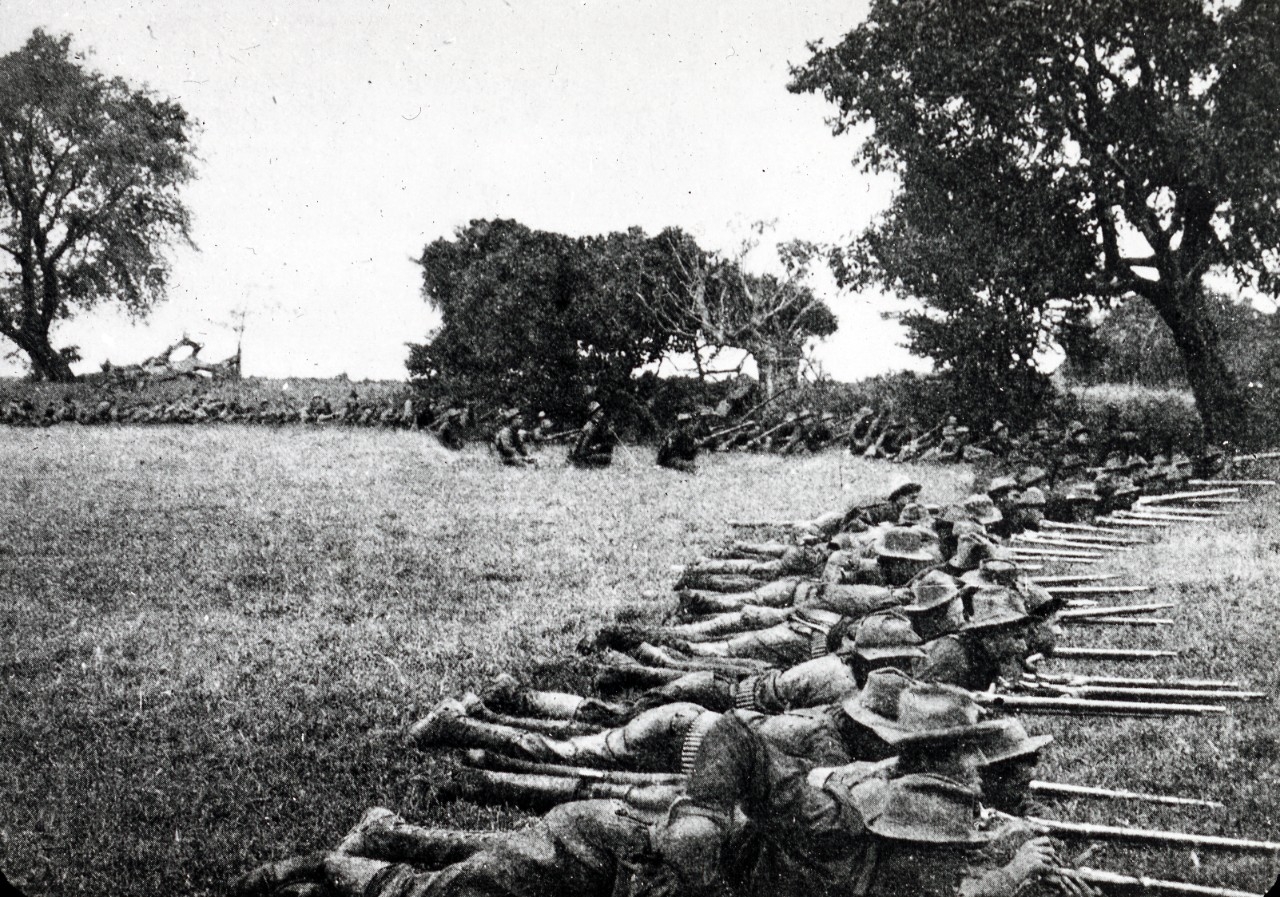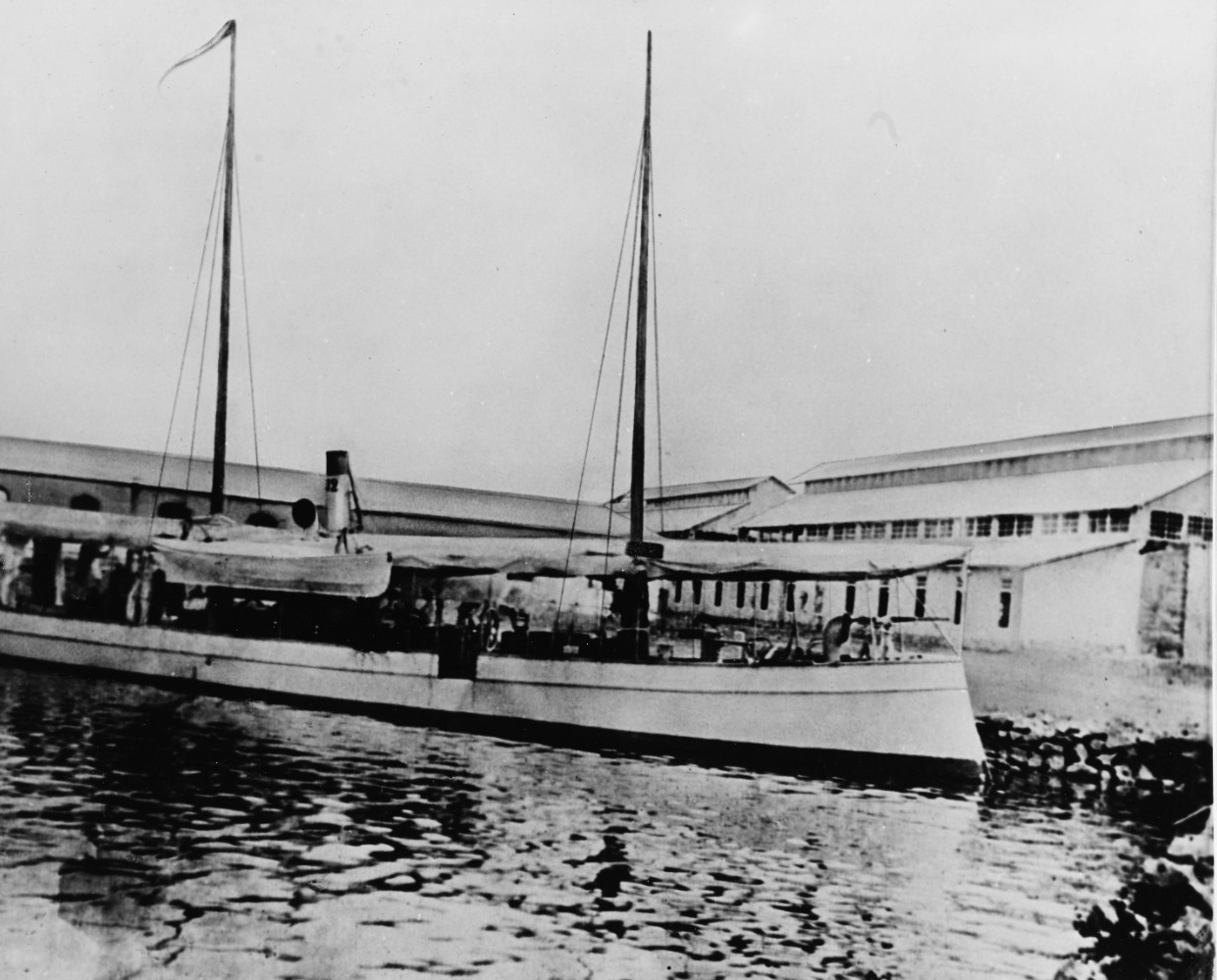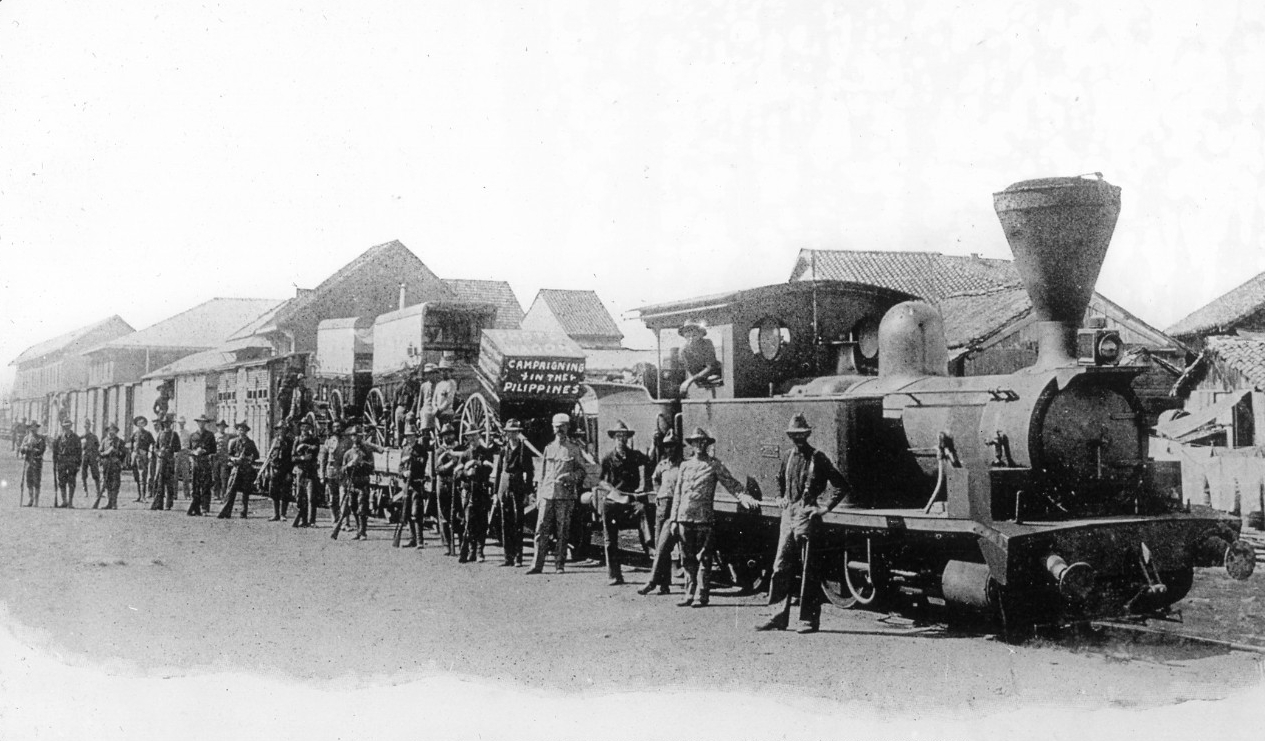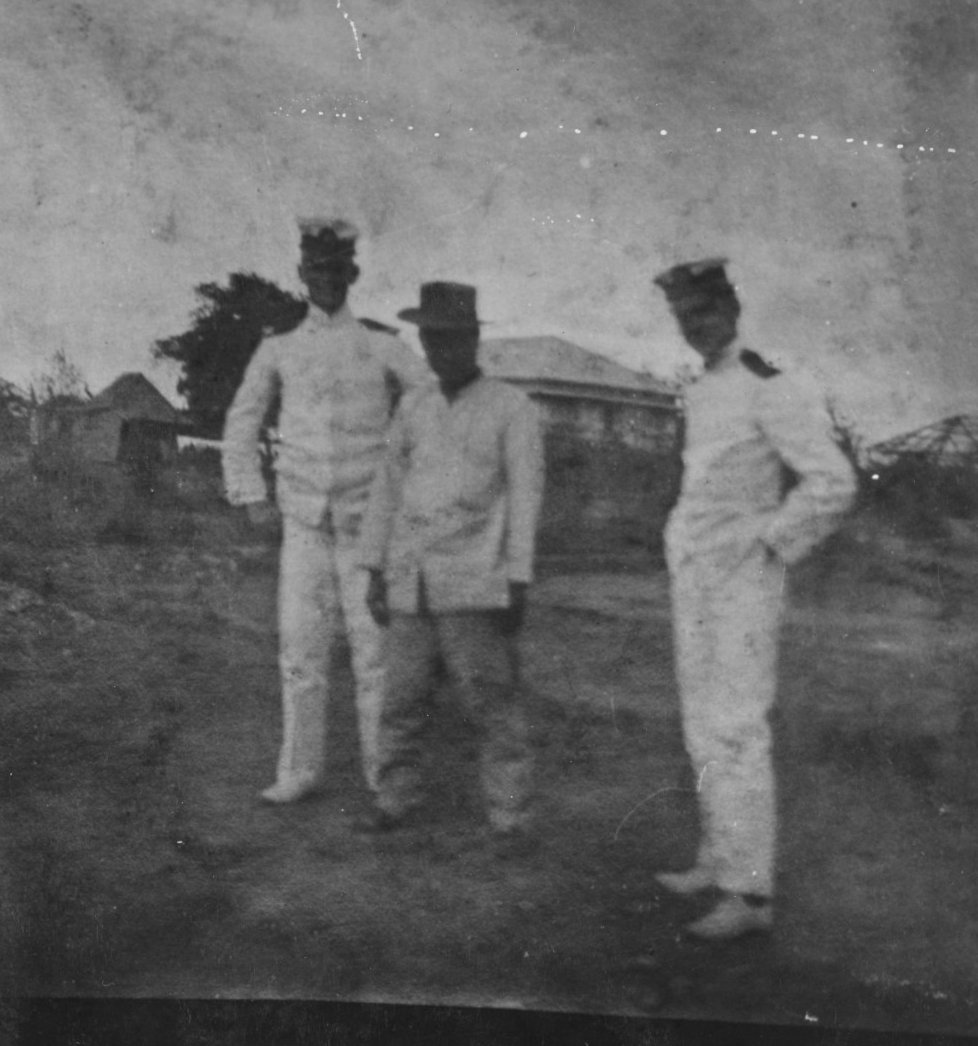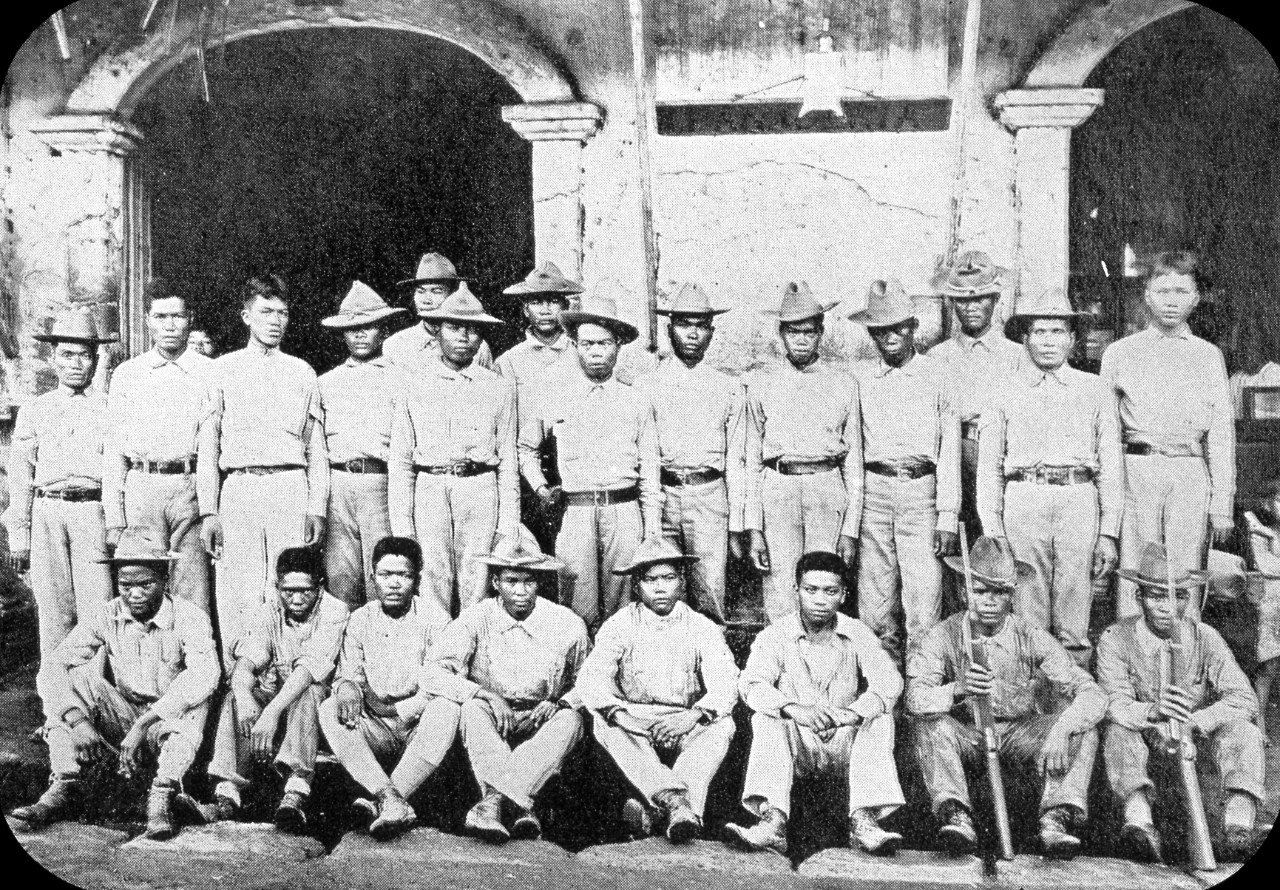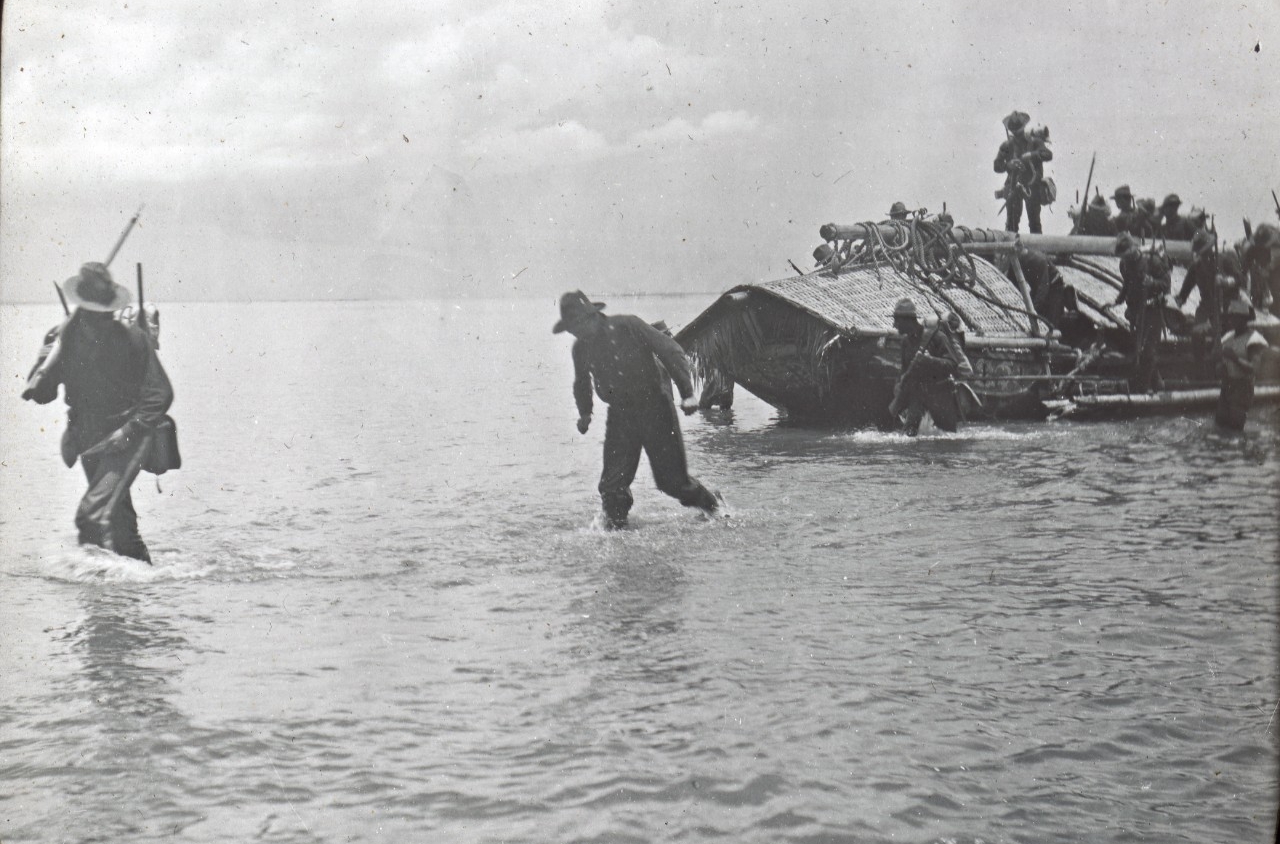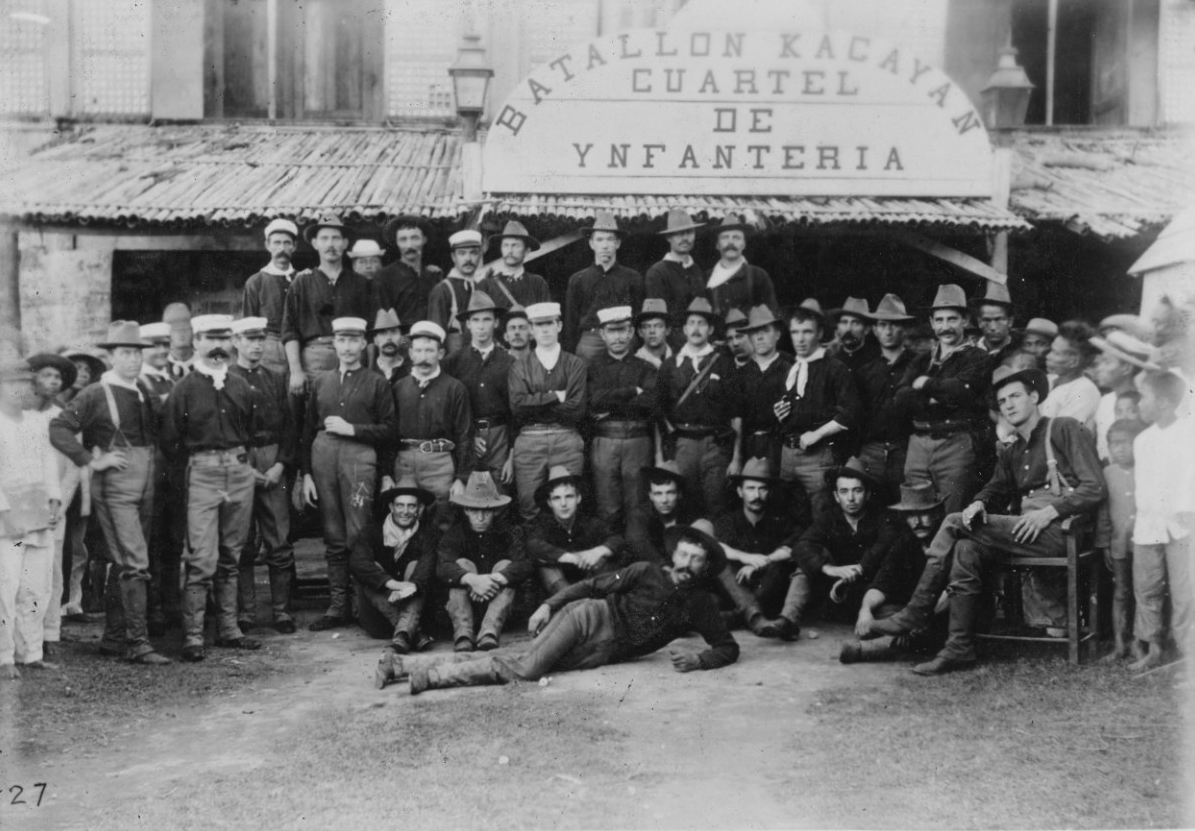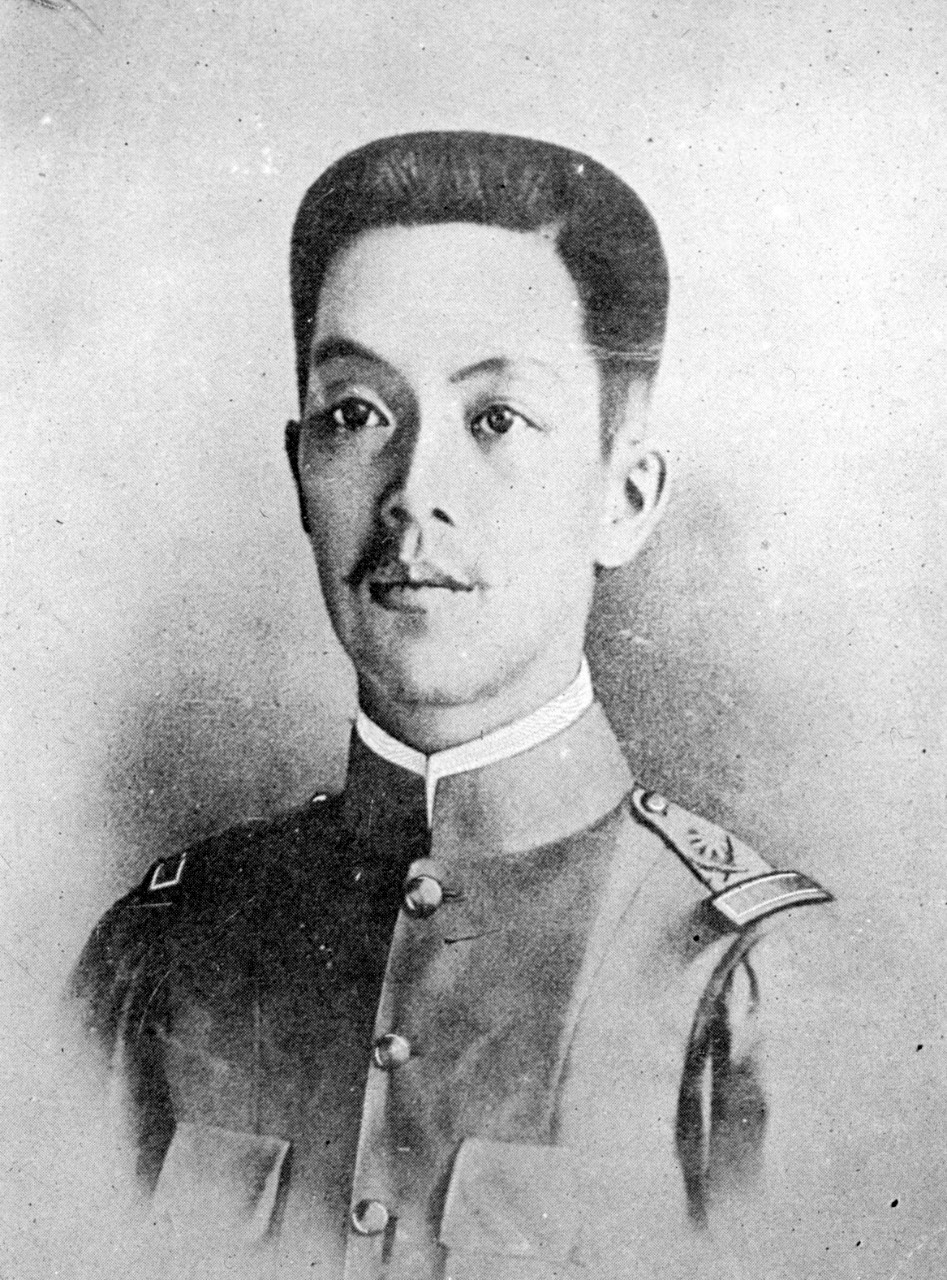Philippine Insurrection
1899–1902
After its defeat in the Spanish-American War, Spain ceded its longstanding colony of the Philippines to the United States for $20 million with the signing of the Treaty of Paris. On 4 February 1899, just two days before the U.S. Senate ratified the treaty, fighting broke out between American forces and Filipino nationalists led by Emilio Aguinaldo, who sought independence for the Philippines rather than colonial rule. The ensuing Philippine Insurrection or Philippine-American War lasted about three years. The conflict took the lives of more than 4,200 U.S. service members and about 20,000 Filipino combatants. As many as 200,000 Filipino civilians died from violence, famine, or disease as well. The conflict was brutal on both sides. U.S. forces at times burned villages, implemented civilian reconcentration policies, and tortured suspected guerrillas, while Filipino fighters also tortured captured American service members and terrorized civilians who cooperated with American forces.
The decision to annex the Philippines was not without controversy. Americans who advocated for the annexation had several motivations: commercial opportunities in Asia, concern that Filipinos were incapable of self rule, and fear that other countries (Japan, Germany) would take over the archipelago. Opposition to U.S. colonial rule of the Philippines came in many forms, ranging from the position that colonial rule was morally wrong to apprehensions that Filipinos would have a role in American domestic politics. Some just simply opposed any policies of President William McKinley’s administration. While the United States debated the annexation of the Philippines, Filipino revolutionaries under Aquinaldo seized control of most of the Philippines’ main island of Luzon and proclaimed the establishment of the independent Philippine Republic. When it became clear that the United States was intent on colonial rule of the Philippines, widespread fighting broke out. Americans referred to the conflict as an insurrection while the Filipinos contended they were fighting off a foreign invader and perceived it as a war.
There were two phases to the conflict. The first (February–November 1899) was dominated by Aguinaldo’s failed attempts to fight a conventional war against a better equipped and trained U.S. military. In addition to a vastly superior land force, the U.S. Navy had control of all of the archipelago’s waterways, essentially trapping Filipino fighters and negating outside help from other countries. The second phase of the conflict was marked by the Filipinos’ shift to guerrilla-style warfare. It began in November 1899 and lasted through the capture of Aquinaldo in 1901. By the spring of 1902, most of the Filipino resistance had dissipated. On 4 July 1902, President Theodore Roosevelt proclaimed the conflict was over, although there were still sporadic minor uprisings.
In 1907, in the aftermath of the conflict, the Philippines convened its first elected assembly, and in 1916, as part of the 64th Congress’ Jones Act, promised the nation eventual independence. The archipelago eventually became autonomous in 1935. In 1946, after World War II, the United States granted the Philippines independence.
*****
Significant Naval Engagements and Related Events
1899
- 4 February: Widespread fighting broke out between American forces and Filipino nationalists led by Emilio Aguinaldo.
- 10 February: Battle of Caloocan commenced. Marines and Army troops easily defeated Filipino insurgents.
- 13 February: Boston and Petrel bombarded Iloilo and took the town with an Army expedition in participation.
- 22 February: Landing party from Petrel occupied Cebu.
- 31 March: Baltimore bombarded insurgent trenches at Dagupan, Lingayen Gulf.
- 16 June: Oregon destroyed insurgent trenches at Anda, Lingayen Gulf.
- 10 September: Bennington shelled fortifications at Legaspi.
- 14 September: Concord and Monterey destroyed two insurgent schooners at Aparri.
- 17 September: U.S. gunboat Urdaneta was captured in the Orani River after it went aground. It was recovered the following year.
- 3 October: Sailors and Marines from Baltimore and Marines based at Cavite, joined U.S. Army forces in the attack and capture of insurgent forces at Imus.
- 23 October: Gunboat Paragua, in conjunction with the U.S. Army, seized the ports of Bonati, Ajui, Concepcion, Estancia, and Capiz on Panay Island.
- 16 November: Castine and Manila bombarded Zamboanga. The ships later convoyed troops and participated in the occupation of the Sulu Islands.
- 25 November: Oregon landed a battalion-size element that captured Vigan, and rescued 350 Spanish prisoners.
- 10–29 December: Newark, Princeton, and Helena received the surrender of Aparri, the Northern Islands, and the northern provinces of Luzon.
1900
- 17 February: An expedition commanded by Marine Captain H. C. Draper attacked the town of Morong and destroyed an insurgent blockhouse, arsenal, and ammunition.
- 23 February: Nashville bombarded the town of Benictican near Olongapo, and a Marine detachment subsequently destroyed the town.
- 27–28 February: An expedition on General Alava, under the command of Navy Lieutenant J. H. Gibbons in the Gulf of Ragay, rescued 522 prisoners that were captured by insurgents. Among the rescued were 10 Americans, 460 Spanish officers and soldiers, and a number of priests and friendly Filipinos.
- 5 March: Nashville landed a Marine detachment from Olongapo and, in cooperation with the Army, took the town of Bagac, capturing arms and ammunition.
- 8 March: Marine Lieutenant Logan Feland, commander of a Marine detachment from Olongapo, captured the town of Calapacuan and destroyed insurgent provisions.
- 7 April: Marietta took possession of the town of Baler, Island of Luzon.
- 19 September: Landing party from Isla de Cuba occupied Malabang.
1901
- 28 January: Army expedition assisted by a detachment from Austria landed at Maringondon and successfully attacked a group of insurgents.
- 2 February: Austria surprised the town of Claveria at dawn, capturing many insurgents and valuable papers.
- 18–28 March: Vicksburg, in conjunction with the Army, captured Filipino leader Emilio Aguinaldo.
- 5 November: Detachment of Marines defeated insurgents at Sohoton.
- 13–14 November: A second attack at Sohoton killed 12 more insurgents.
- 28 December: Marines started from Lanang on a road march across the Island of Samar, a distance of about 190 miles.
1902
- 4 January: A Marine detachment attacked insurgents at Odoc, Island of Samar, killing 8 and capturing 4.
- 6 January: Marine expedition reached Basey after crossing the Island of Samar, completing the 190-mile trek. Marine Corps Major Littleton Waller, who led the expedition was court-martialed, but later acquitted for the ill-fated expedition. After the massacre of 48 U.S. Soldiers, Waller had been ordered to “punish treachery with death, to kill and burn, and to turn the interior of Samar into a howling wilderness.”
- 4 July: President Theodore Roosevelt proclaimed that fighting and the insurrection in the Philippines had ended.
Suggested Reading
- Navy Medal of Honor: Philippine Insurrection
- Operations of the Navy and Marine Corps in the Philippine Archipelago, 1898–1902
- Operations of Don Juan de Austria during the Philippine Insurrection
- Sailors as Infantry in the U.S. Navy
- U.S. Army: The Philippine Insurrection
- Instances of use of United States Armed Forces Abroad, 1798–2004
- U.S. Navy Forward Deployment, 1801–2001
- Officers of the U.S. Navy/Marine Corps, 1775–1900

